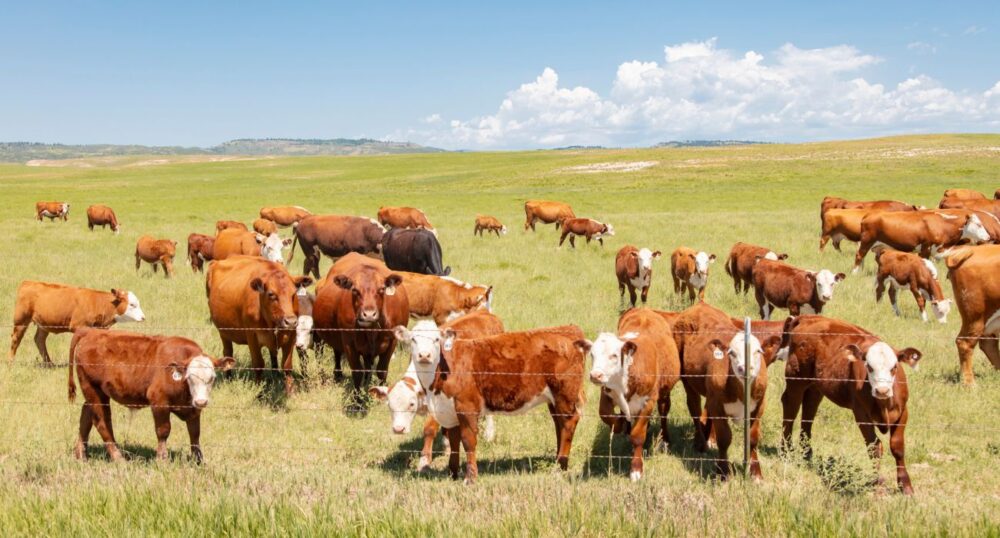A mystery illness impacting dairy cattle in Texas and Kansas has been identified as the same strain of avian influenza that killed millions of hens in 2022.
The U.S. Department of Agriculture (USDA) confirmed on Monday that the strain, known as highly pathogenic avian influenza Type A H5N1, has also been identified in New Mexico. Sick cattle have been identified at two dairy farms in Kansas and one in Texas using clinical milk testing, while a second farm in Texas was discovered with a swab test.
The virus is believed to have been brought by wild migratory birds. The USDA said dead wild birds had been found on the affected properties. DNA testing of the virus did not show mutations, and it is believed to present little risk to humans but causes lethargy and low lactation in dairy cattle. It is rarely fatal to cattle but can quickly decimate flocks of chickens.
“At this stage, there is no concern about the safety of the commercial milk supply or that this circumstance poses a risk to consumer health,” the USDA news release read. “Dairies are required to send only milk from healthy animals into processing for human consumption; milk from impacted animals is being diverted or destroyed so that it does not enter the food supply. In addition, pasteurization has continually proven to inactivate bacteria and viruses, like influenza, in milk. Pasteurization is required for any milk entering interstate commerce.”
From 2022 to 2023, H5N1 caused around 57 million chickens to die, drastically reducing the supply of eggs and meat. Due in large part to compensation fees to farmers, the disease cost taxpayers around $757 million, as reported by the Associated Press. The industry saw around $1 billion in economic losses caused by the significant disruptions. As a result of the outbreak, egg prices jumped considerably from less than $2 per dozen to nearly $5 per dozen by February 2023.
According to the USDA Bird Flu Tracker, two detections in poultry flocks have been identified in Texas this month. The most recent was in Deaf Smith County, which affected 40 birds. A larger flock was impacted in Moore County, involving 280 birds. The virus is highly contagious to chickens, ducks, turkeys, and other fowl. It is typically transmitted by nasal discharge and feces.
It is exceedingly rare for the virus to transmit to humans. A different strain of bird flu infected one person in April 2022. No Americans were infected by the current strain that emerged that year and has since sporadically popped up. A total of 11 cases were reported worldwide, per the CDC.
The USDA recommends that ranchers take appropriate precautions, specifically sanitizing watering systems and preventing migratory birds from landing in standing bodies of water. Older cattle are at the highest risk, and symptoms should be reported as soon as possible. People are also cautioned to wear gloves when handling dead wild birds. The virus can enter through the airways, eyes, nose, and mouth.

